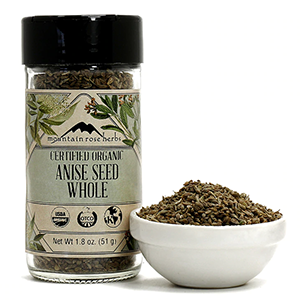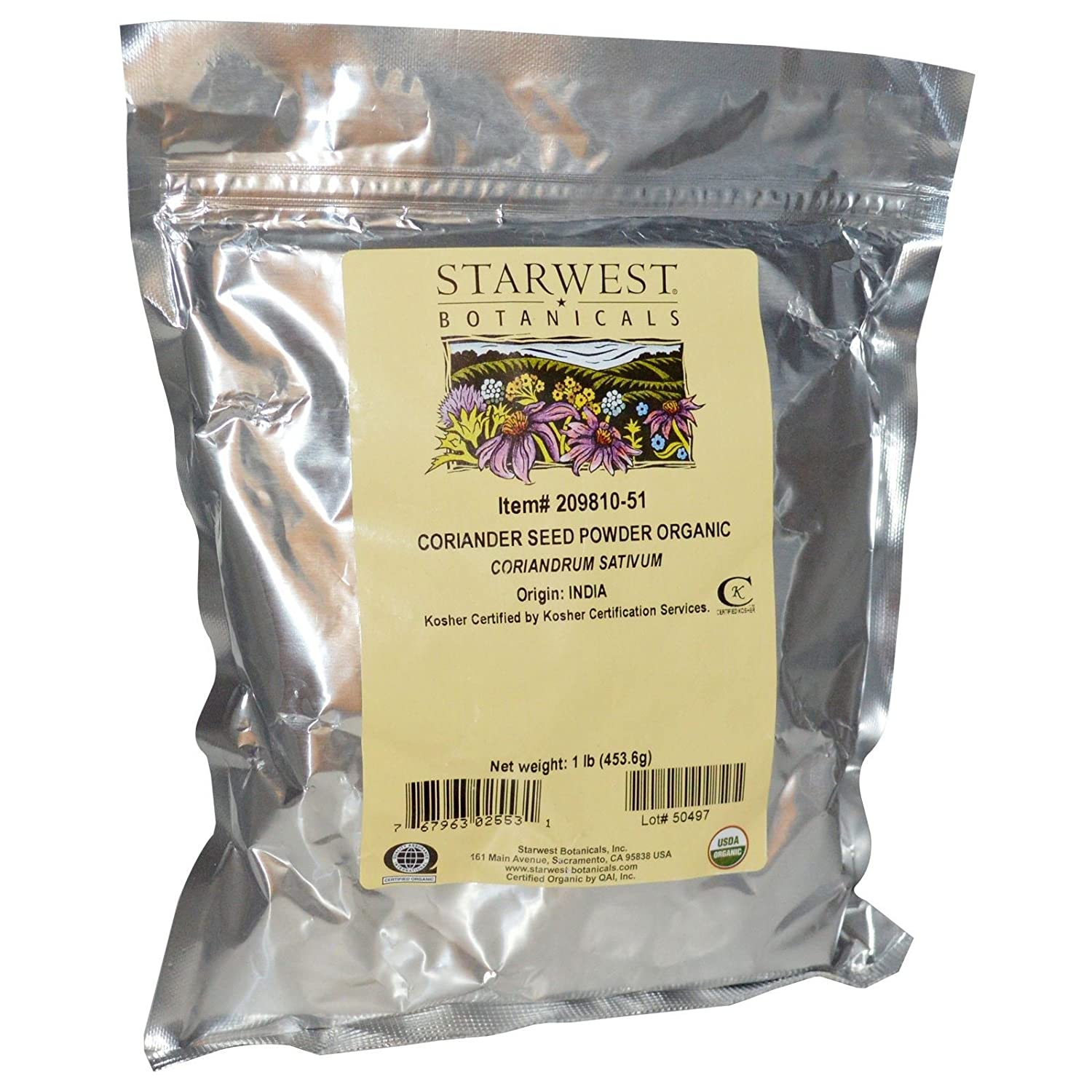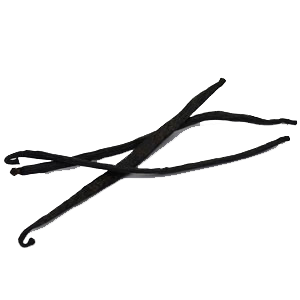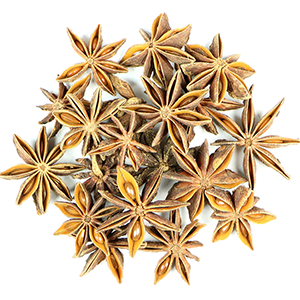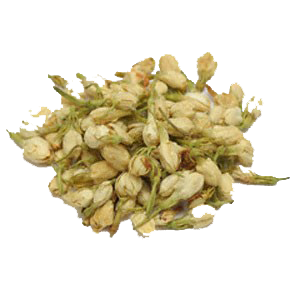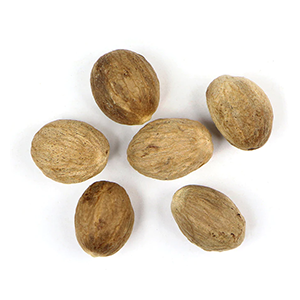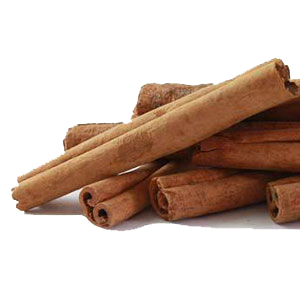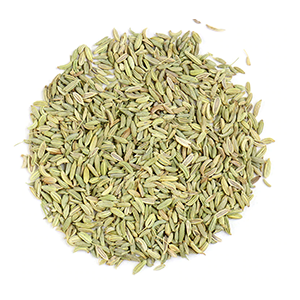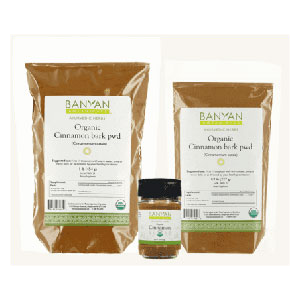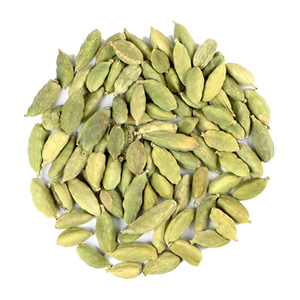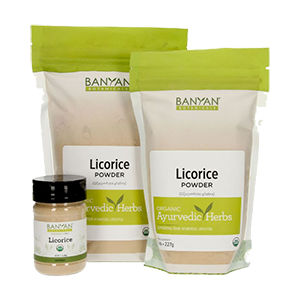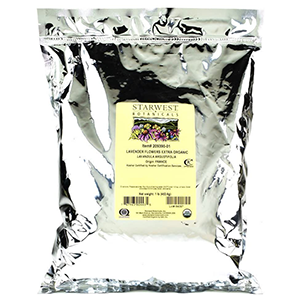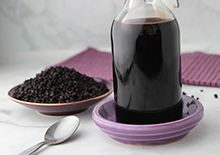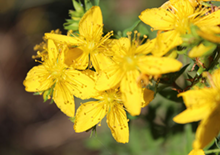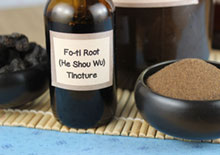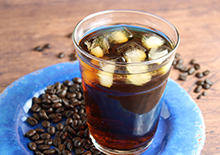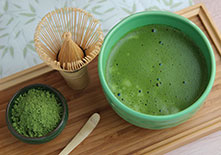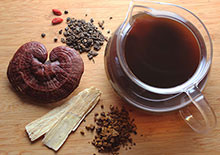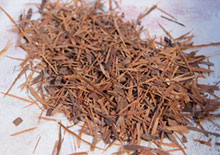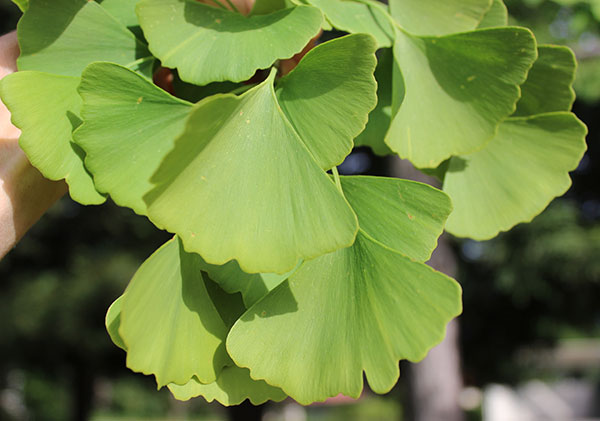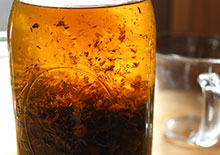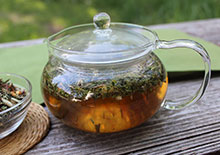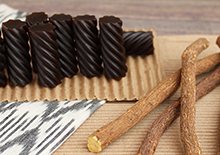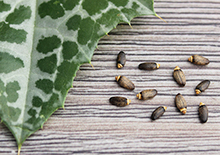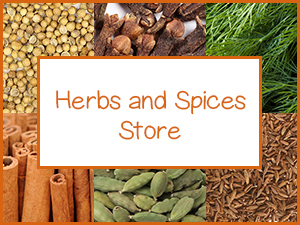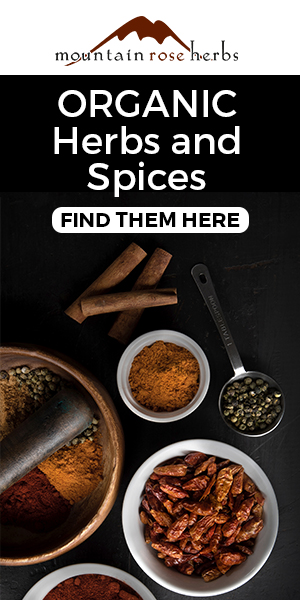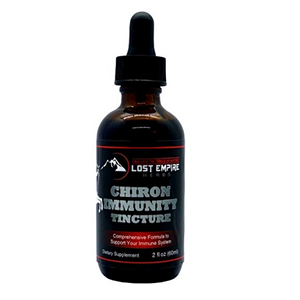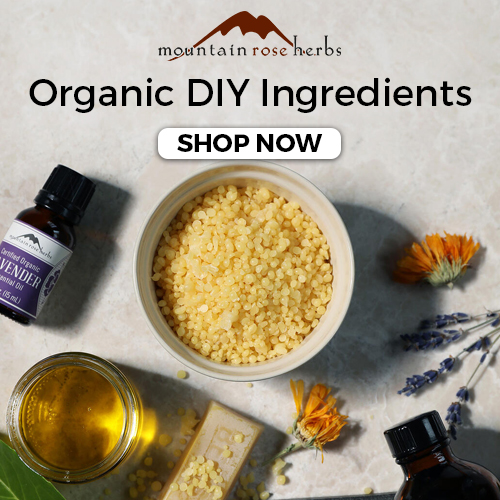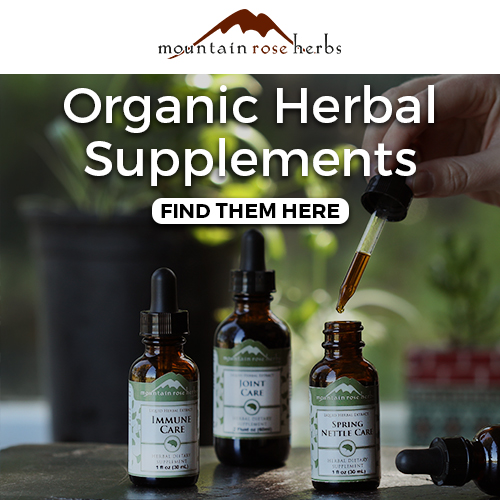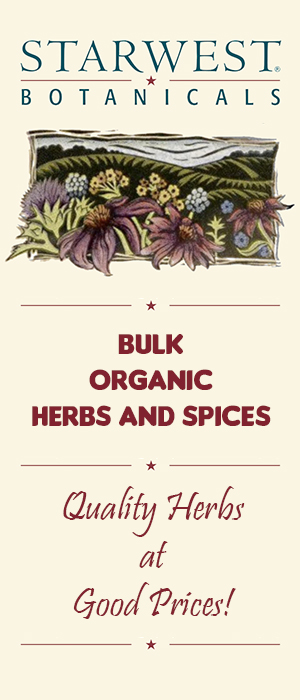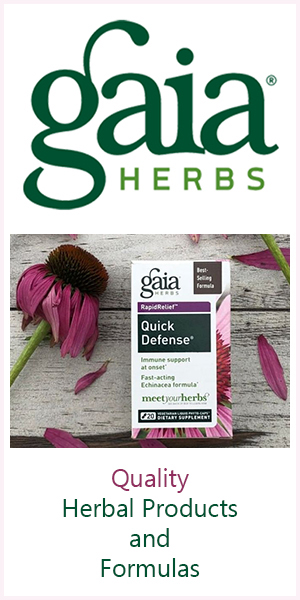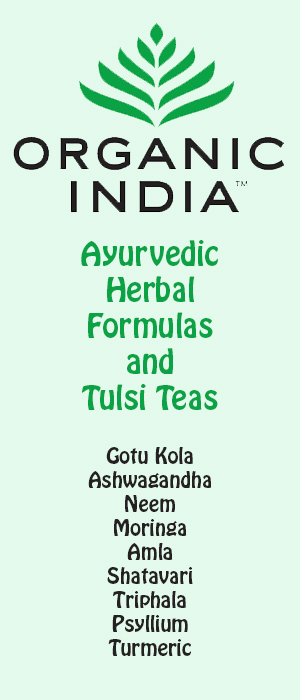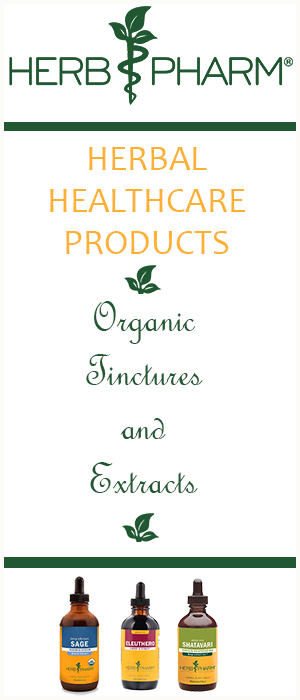- Home
- List of Herbs
- Herbal Flavor Enhancers
Herbal Flavor Enhancers for Teas, Drinks and Desserts
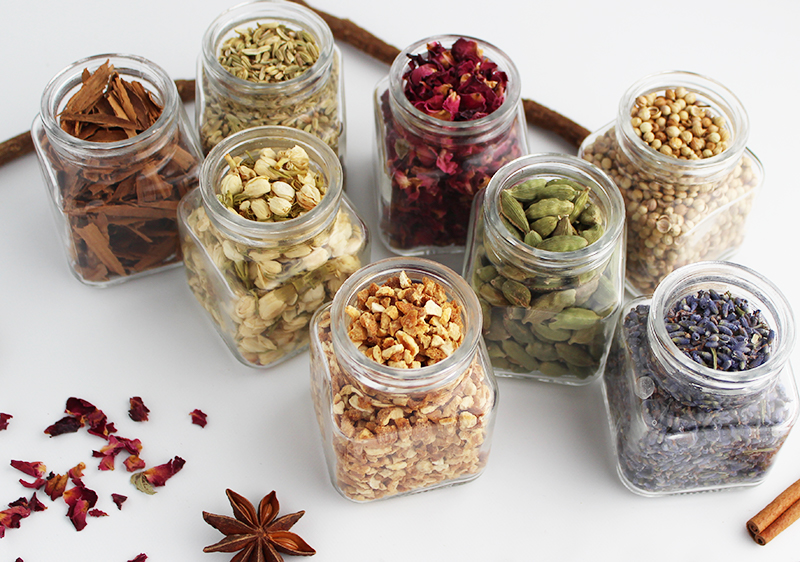
Herbal flavor enhancers are a must for providing pleasant tastes and aromas to your tea blends and herbal preparations.
That's because smell and taste are two important senses that must not be overlooked when preparing your daily brews or tinctured formulations.
It is important that what you eat and drink be a satisfying experience. That is one of the reasons we have senses after all... to feel joy and pleasure!
Table of Contents
Intro | List of Herbal Enhancers | How to Use | Precautions | Shop
Many times, herbal flavor enhancers not only improve taste but also act as harmonizing herbs and/or activating herbal stimulants, helping to deliver the health attributes of many herbs and superfoods used in formulas and recipe creations.
Using appetizing herbs, spices and flowers in your herbal alchemical concoctions will also naturally encourage a positive mood and uplift the spirit.
Here is our list of top 18 favorites to enjoy in tea recipes, drinks and desserts.
Favorite List of Herbal Flavor Enhancers
(Use the links below to jump to your herb or spice of choice.)
1) Anise Seed
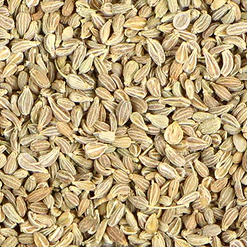
Anise seed (Pimpinella anisum) has a strong essential oil
content made up primarily of the anethole compound (*). It is a well-known herbal flavor enhancer, along with licorice
root extract, in the black licorice candy confection.
A small amount of anise seed used in herbal tea preparations goes a long way as far a flavor. Anise can be used as whole seeds or as a ground powder.
2) Cardamom
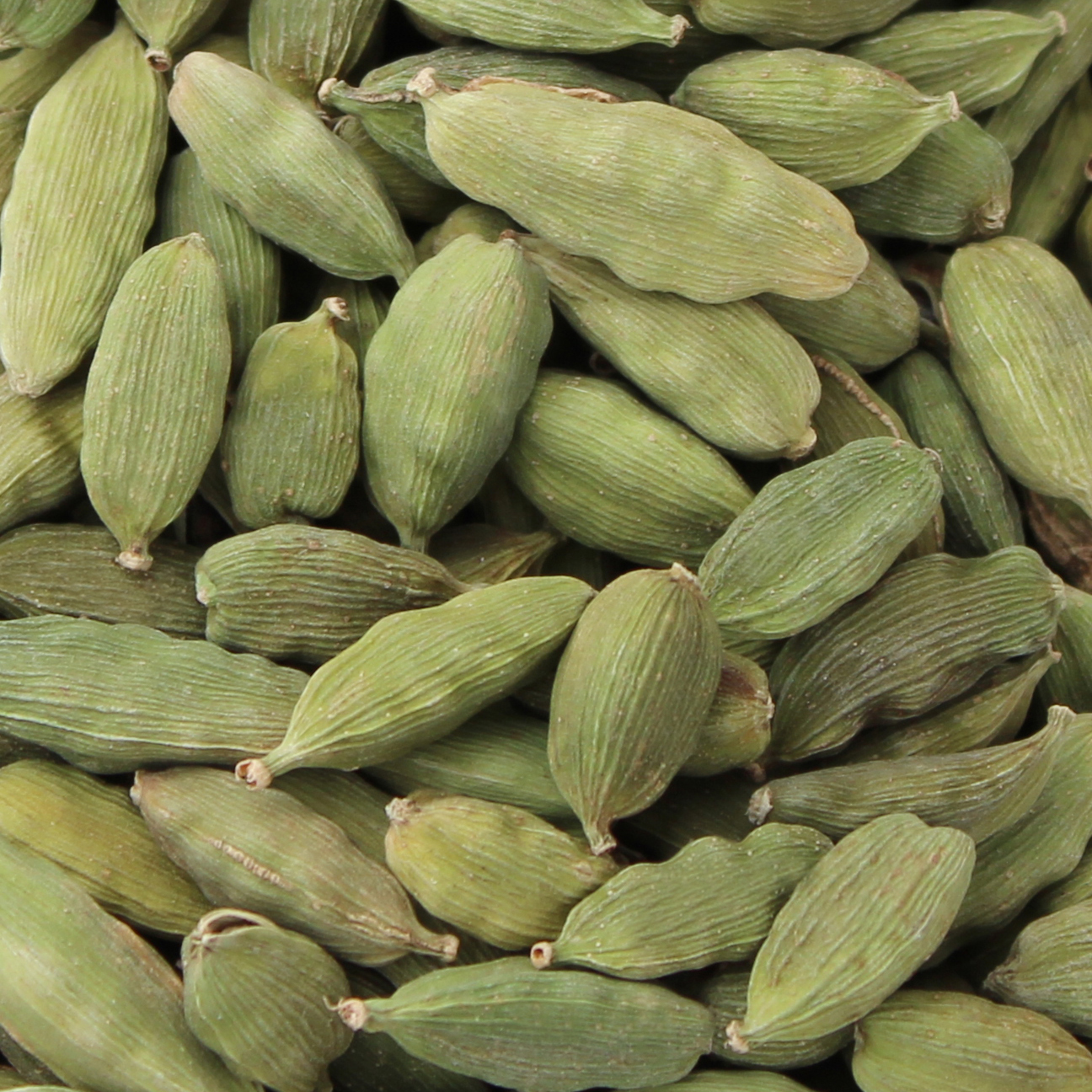
Cardamom (Elettaria cardamomum ) has a distinct aroma and can be generally described to have a potent flavor that is sweet, spicy and somewhat floral. Its taste is often likened to a combination of mint, lemon, eucalyptus and ginger.
Whole green pods, seeds or ground cardamom powder (from either pods or seeds) can be used for tea infusions or elixirs.
3) Cinnamon
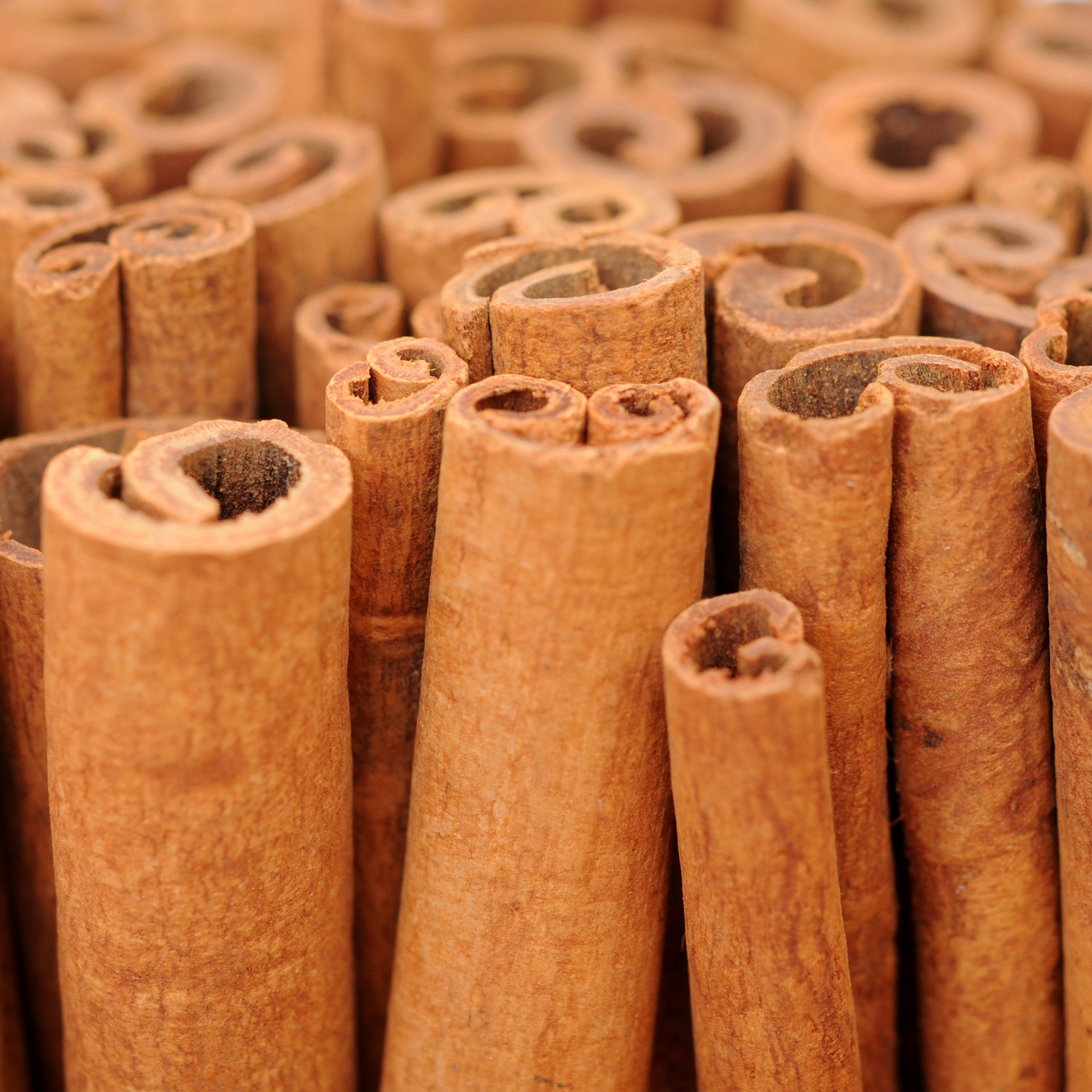
There are several types of cinnamon. The two most popular are Ceylon (Cinnamomum verum) and Cassia (Cinnamomum cassia). Both types are known for their unique flavor, warming qualities and uplifting fragrance.
Ceylon is often called "sweet cinnamon" because it has a sweeter less pungent flavor compared to cassia varieties.
4) Coriander
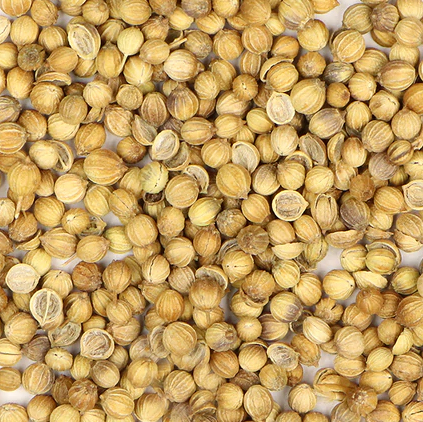
Coriander seed (Coriandrum sativum) is the seed of the
cilantro plant. It has a different flavor to the leaves however with a
strong pleasant perfume-like scent. The spicy taste can be described to
have a lemony flavor when ground as a powder.
Combines well with citrus fruits like lemon or orange peel when making your herbal concoctions.
5) Fennel Seed
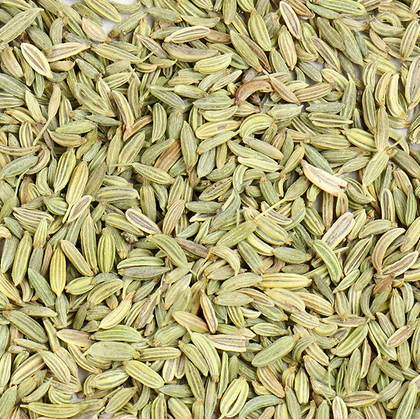
Fennel seed (Foeniculum vulgare) comes from the highly aromatic herb with fine feathery green leaves and thick bulbous root.
The seeds have a similar taste to anise with a mild pungent bitter quality yet are sweet and very flavorful. Ground or used whole can add a nice element to add to teas, tinctures, digestive bitters and beverages.
6) Grains of Paradise
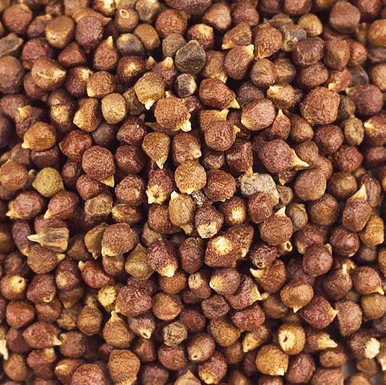
Grains of Paradise (Aframomum melegueta) is a West African aromatic flavor-filled seed spice (not actually a grain) that tastes like a blend of cardamom, coriander, juniper, nutmeg and ginger.
Frequently sold as a whole seed, it is used in teas, vinegar and elixirs but is strained out and discarded before serving.
7) Jasmine Flowers
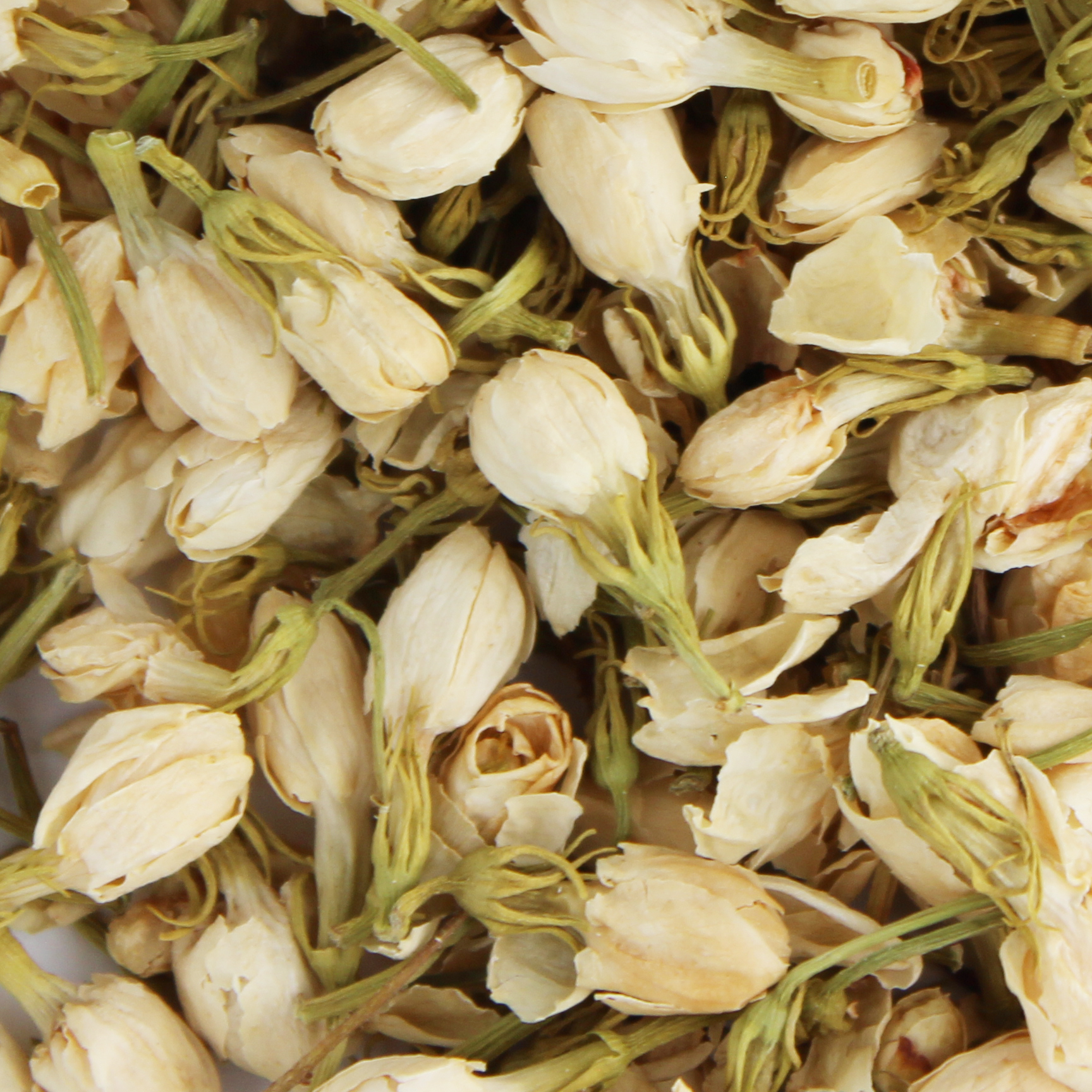
Jasmine flowers (Jasminum sambac) are a type of jasmine blossom used as a herbal flavor enhancer in the famous "jasmine tea", made from a base of green or black tea.
Jasmine has a very fragrant aroma and subtly sweet taste that makes a delicious floral accent to most tea infusions and blends well in aphrodisiac elixirs.
8) Lavender
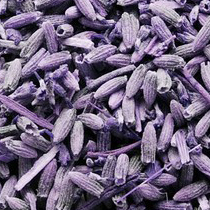
Lavender flowers (Lavandula angustifolia) are the small
individual purple-grayish flower buds that are a favorite floral
ingredient in many herbal tea recipes, beverages and the French seasoning known
as Herbs de Provence.
The flower buds also make a purple-colored delicious tasting lavender tea all on their own. We often use the cooled teas like lavender to make our nut milk creations. The taste of lavender is often utilized with sweeteners in dessert recipes.
9) Lemongrass
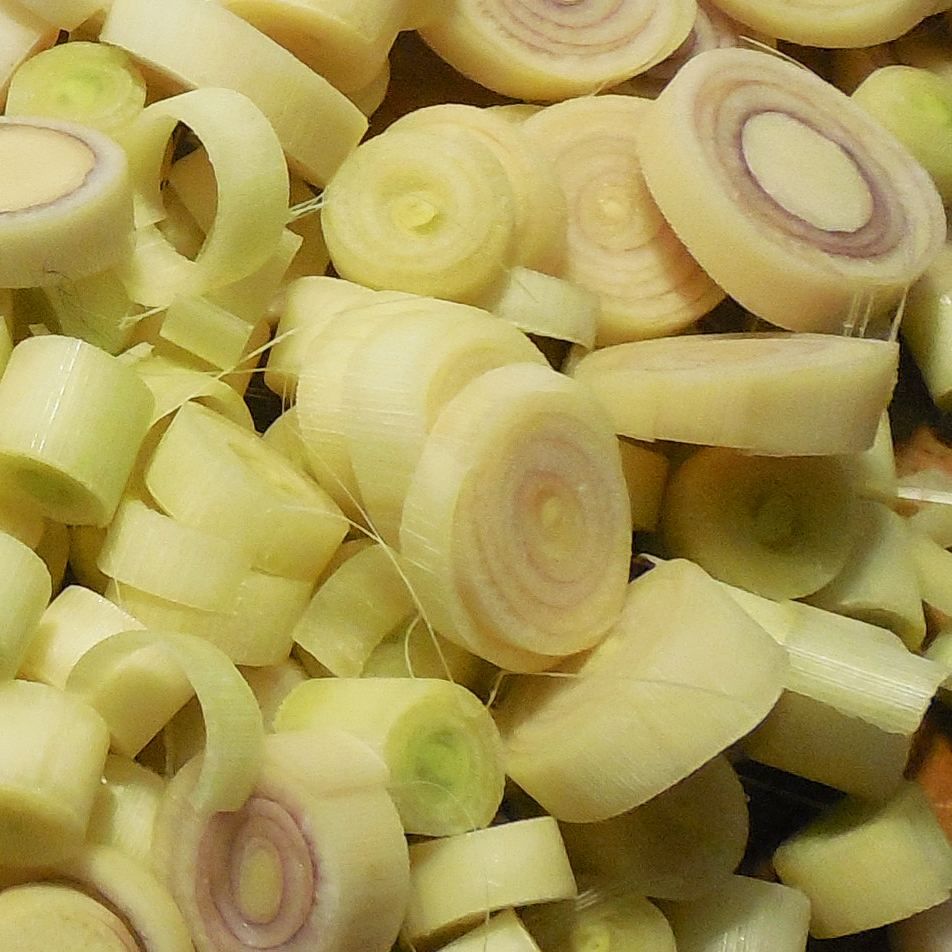
Lemongrass (Cymbopogon citratus) is often used fresh and
most well-known for its use in Thai cuisine. The thick layered grassy
shoots have a very strong scent and flavor resembling a combination of
lemon and vanilla.
Lemongrass can be used dried in teas but is also widely available fresh in most produce markets.
10) Lemon Peel
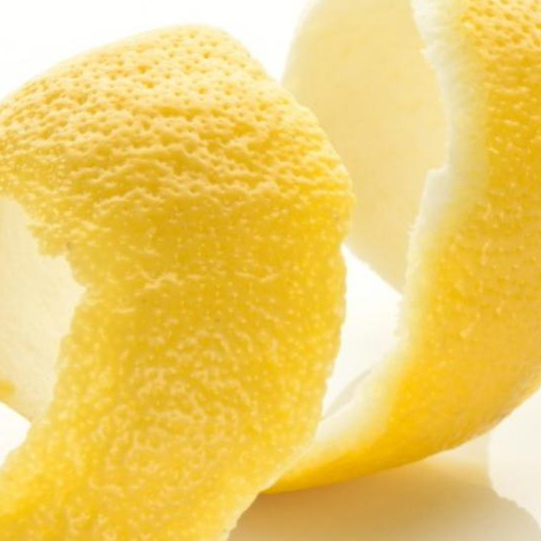
Lemon peel is essentially the zest or rind of lemons (Citrus limon).
It makes a great addition to desserts like lemon bars or can likewise
be incorporated into herbal preparations to increase flavor and tang.
It is best used fresh by scraping it off the lemon peel, either with a kitchen peeler or zester, or it can be also used dried like orange peel.
11) Lemon Verbena
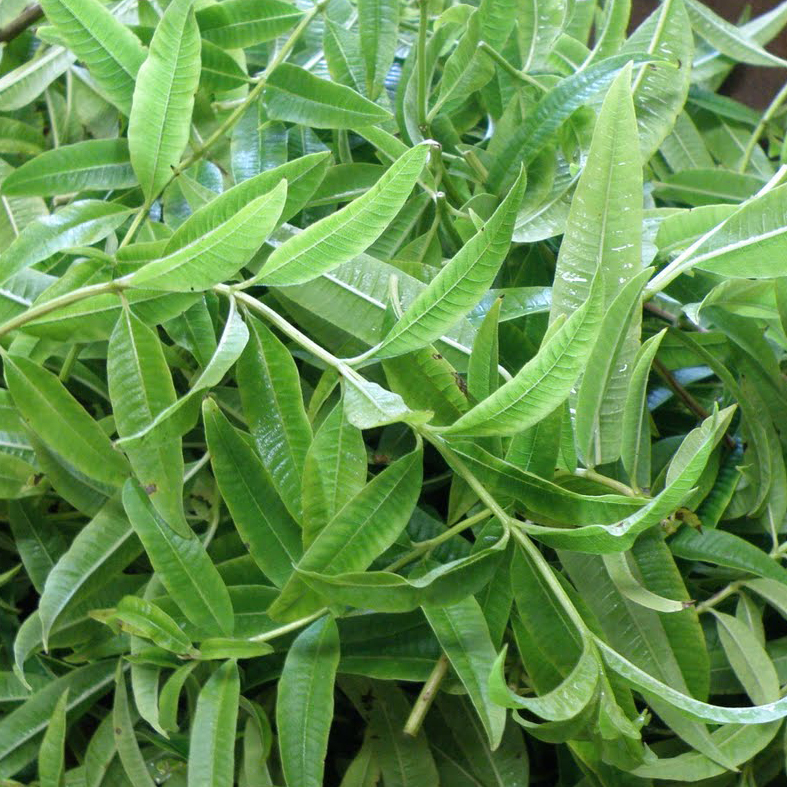
Lemon verbena (Aloysia citriodora) is a nice herbal ally to
have in your herb garden. It grows as a bush or small tree with abundant
thick fragrant green leaves that have a similar fragrance to other
lemony favorites like lemongrass and lemon balm.
It has an intense and bold taste even when dried and is a great selection for tea infusions.
12) Licorice Root
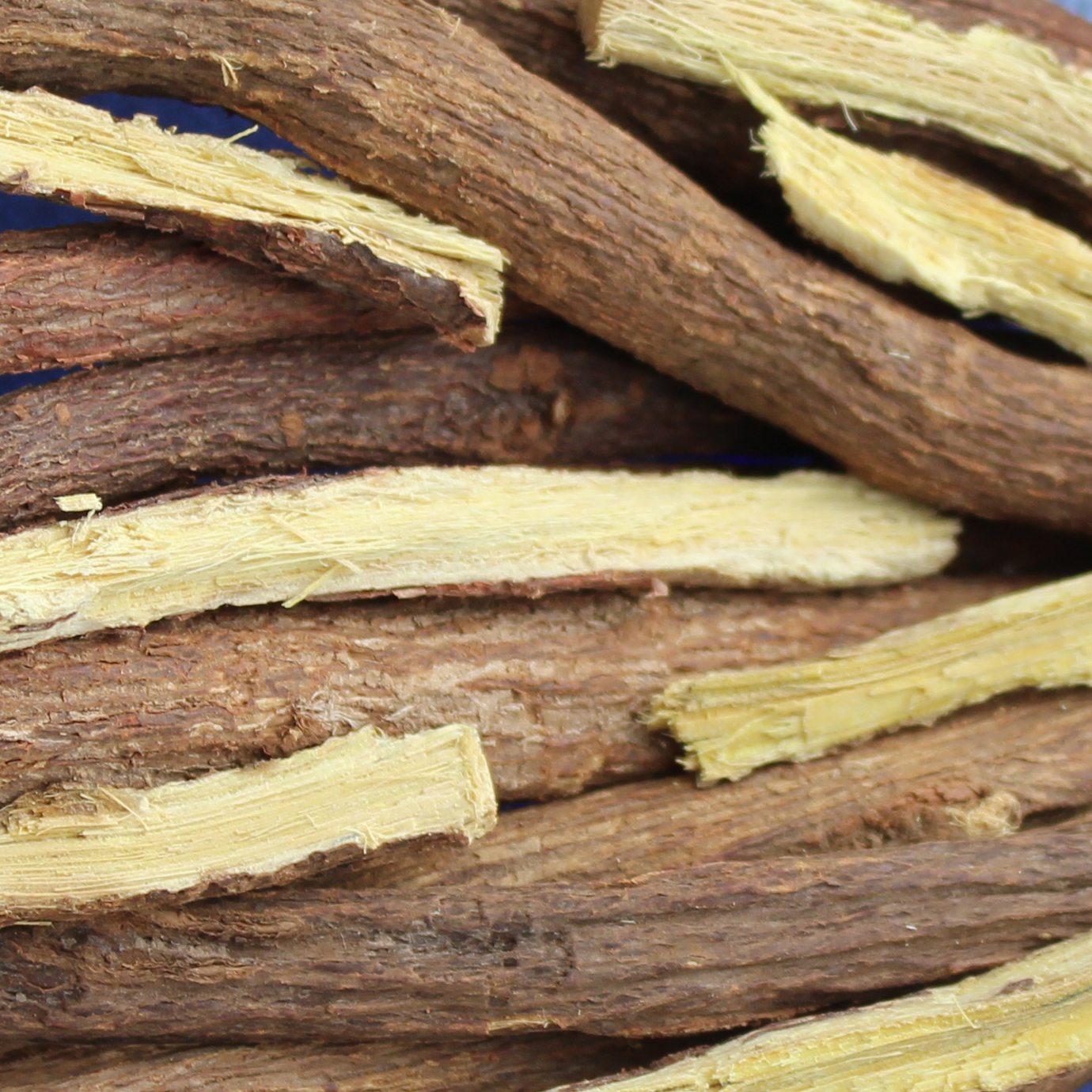
Licorice root (Glycyrrhiza uralensis) is one of the most widely utilized herbal flavor enhancers because of its very sweet taste. The main sweet-tasting saponin is called glycyrrhizin.
It is usually available in cut slices, pieces or as a ground powder. It is called "the great harmonizer" for its harmonizing or supporting influence when used with other herbs in herbal preparations.
13) Nutmeg
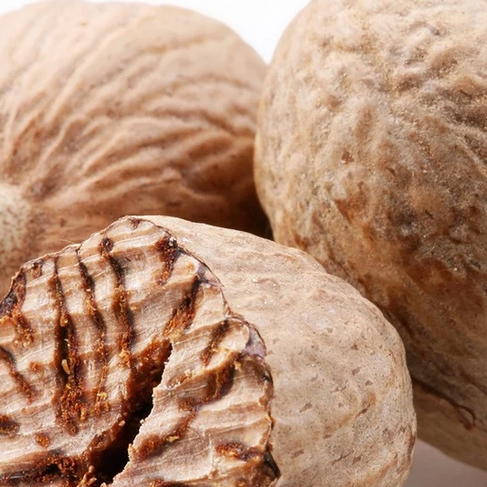
Nutmeg (Myristica fragrans) is a seed of a small fruit known for its very fragrant perfume-like scent and its distinct nutty, pungent, slightly sweet taste most well-known as the key ingredient in pumpkin pie spice seasoning.
Whole nutmeg cloves are typically grated fresh for highest aroma and flavor profiles, but nutmeg powder can be used as a dried spice for convenience. It can be blended into drinks, shakes, beverages along with other herbs and spices.
14) Orange Peel
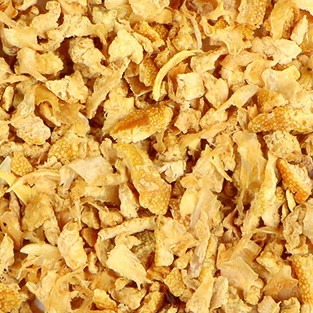
Orange peel (Citrus x sinensis) is cut from the sweet orange peel and commonly dried for use in herbal formulations, especially in Chinese herbalism.
Freshly cut peel, as well as dried or powdered orange peel, can be incorporated into drinks, jams, or other creations to add a citrusy element. Next time you eat an orange, save your peels and dehydrate them!
15) Peppermint
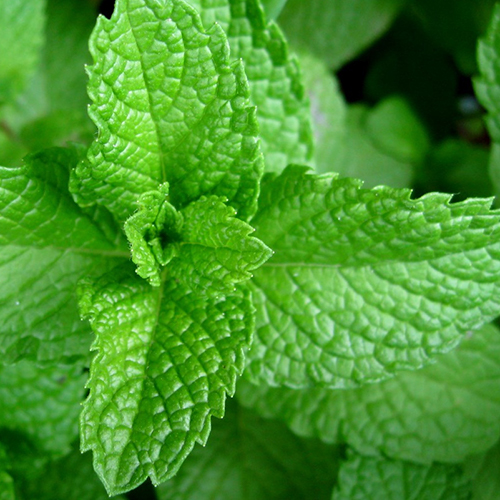
Peppermint (Mentha x piperita) is another worthy plant to
garden grow for fresh leaves. Its flavor is widely utilized in herbal
preparations, desserts, confections and to make a straight cup of
peppermint tea.
Although there are many species in the genus Mentha to consider, peppermint happens to be one of our personal favorites. Other types of mint options may also include chocolate mint, pineapple mint, apple mint and spearmint.
16) Rose Petals
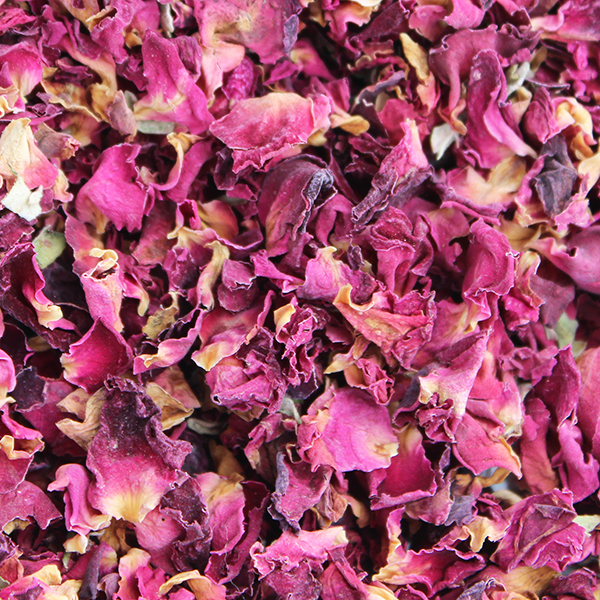
While rose petals (Rosa damascena) are most well-known for
use in potpourri and sachets, dried petals also make a great floral
ingredient to add to hot water infusions.
High in volatile essential oils, rose is a top herbal flavor enhancer for many types of confections and desserts. It is usually utilized as "rose water" which is made by steeping the petals in hot water.
17) Star Anise
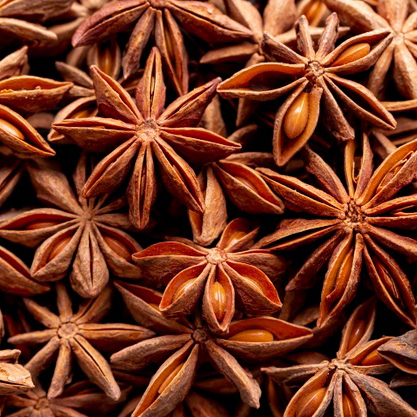
Star anise (Illicium verum) is an attractive eight-pointed
star-shaped fruit pod that comes from a small tree. It is very aromatic
and much hotter than common anise seed with a stronger more pungent and
slightly bitter taste.
It can be used when preparing tinctures, infusions, decoctions or herbal syrups. Star anise is widely used as a culinary spice in Asian cooking.
18) Vanilla
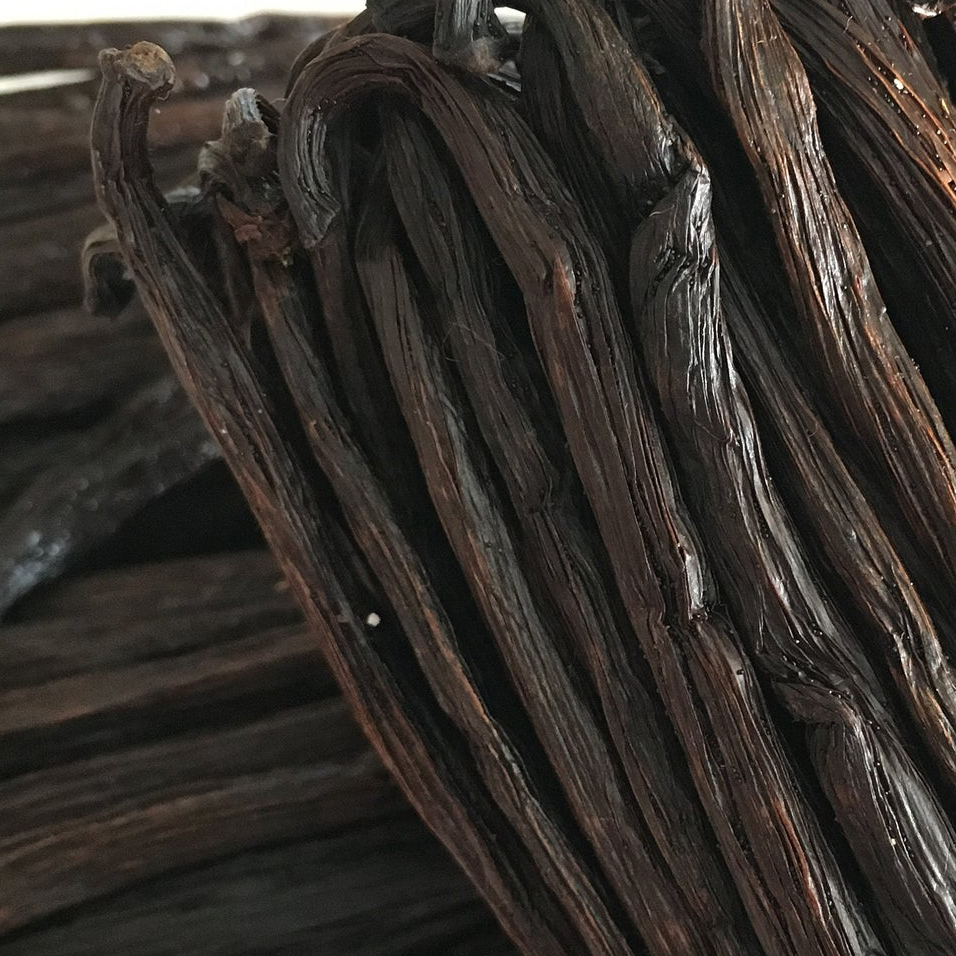
Vanilla (Vanilla planifolia) beans or pods come from a tropical orchid species. While they are quite pricey, they are well worth the indulgence for exquisite complex flavor qualities.
Popular for used in numerous desserts and beverages around the world, they also make an excellent option for flavoring many types of herbal preparations and elixirs. Whole pods contain vanilla seed paste that can be scrapped out for recipes.
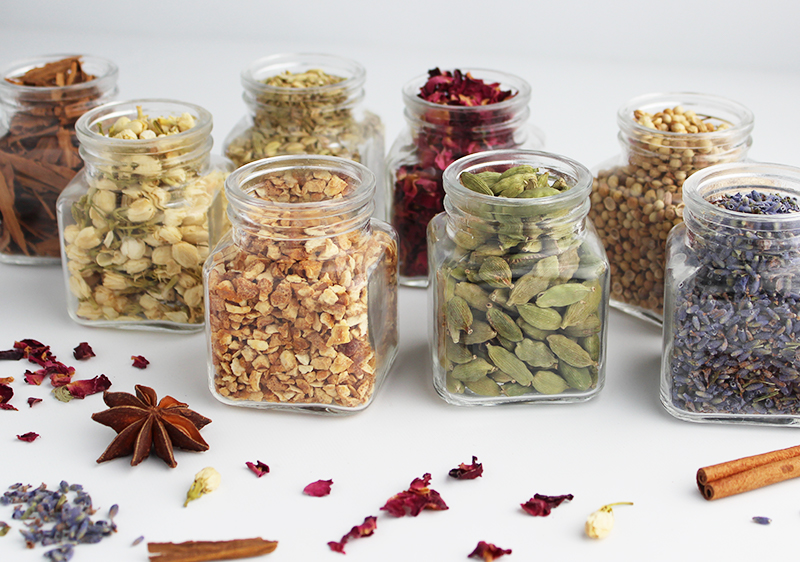
How to Use Herbal Flavor Enhancers
You can use these delicious tasting herbs in teas to give a nice rounded combination of flavor. This can help to mask the taste of more neutral or less pleasant-tasting herbs.
Herbal flavor enhancers can be incorporated into desserts, herbal elixirs, superfood shakes, syrups and nut milks for enhanced
flavor profiles.
(See our page on how to make your own herbal tea bags for a recipe using some of these listed herbs.)
Precautions:
We
recommend that you seek the advice
of a qualified healthcare practitioner before using these herbal flavor
enhancers in large amounts on a regular basis, particularly if you are
pregnant, nursing,
taking prescription medications or if you have a serious medical
condition.
Shop Related Products (About Affiliates & Amazon Associate Paid Links)
Affiliate Disclaimer: This section contains affiliate product links. If you make a purchase through our recommended links, we receive a small commission at no additional cost to you. Thanks for the support.
